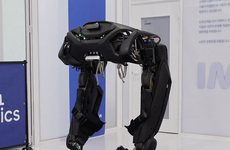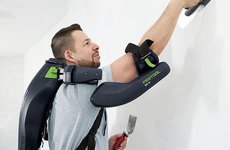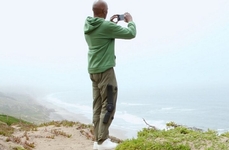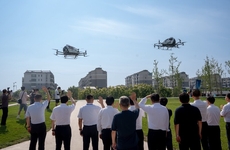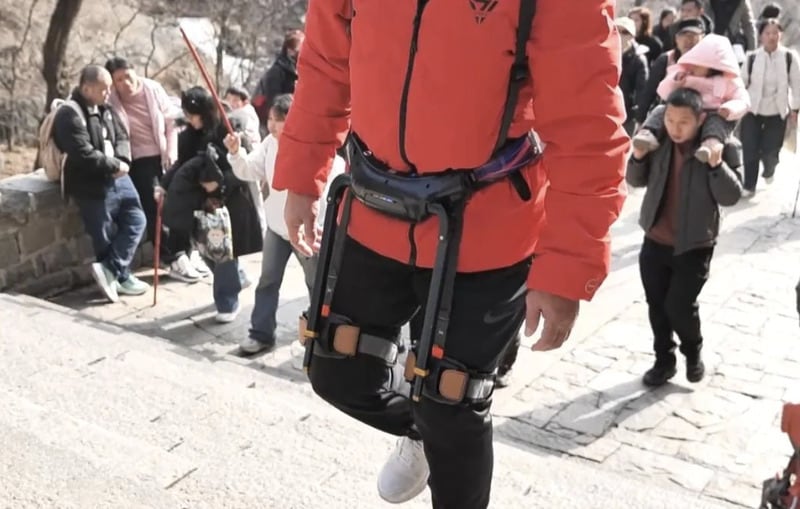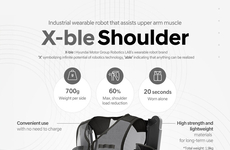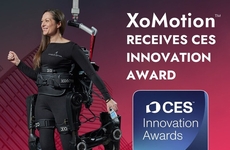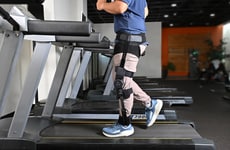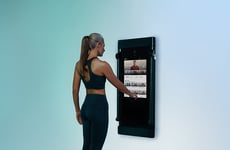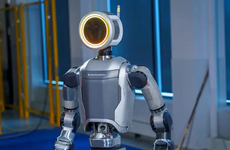
Taishan Cultural Tourism Group Emphasizes Inclusivity
Taishan Cultural Tourism Group, in collaboration with Shenzhen Kenqie Technology, has introduced a mountaineering-assisting exoskeleton design. This move marks a significant advancement in the integration of technology and tourism.
This lightweight robot weighs just 1.8 kilograms. It is designed to aid tourists in climbing Mount Tai and can also be utilized in various scenarios such as fitness, running, and daily walking. Equipped with advanced ergonomic design and AI algorithms, the robot accurately senses the user’s lower limb movements and provides timely assistance. The exoskeleton design can offer up to 15 Nm of movement support to reduce leg strain and make climbing easier.
During its trial operation, the robot garnered significant attention and positive feedback from tourists. This product is expected to be commercially available by early March, with the goal of helping more visitors enjoy Mount Tai’s scenery on foot.
Image Credit: Taishan Cultural Tourism Group x Shenzhen Kenqie Technology
This lightweight robot weighs just 1.8 kilograms. It is designed to aid tourists in climbing Mount Tai and can also be utilized in various scenarios such as fitness, running, and daily walking. Equipped with advanced ergonomic design and AI algorithms, the robot accurately senses the user’s lower limb movements and provides timely assistance. The exoskeleton design can offer up to 15 Nm of movement support to reduce leg strain and make climbing easier.
During its trial operation, the robot garnered significant attention and positive feedback from tourists. This product is expected to be commercially available by early March, with the goal of helping more visitors enjoy Mount Tai’s scenery on foot.
Image Credit: Taishan Cultural Tourism Group x Shenzhen Kenqie Technology
Trend Themes
1. Tourism-enhancing Exoskeletons - The integration of exoskeleton technology in tourism provides new opportunities for inclusive and enhanced sightseeing experiences.
2. AI-powered Mobility Aids - AI algorithms in mobility devices provide real-time adaptability for a wide range of physical activities including hiking and fitness.
3. Lightweight Wearable Robotics - The development of ultra-lightweight robotic exoskeletons opens possibilities for broader application in everyday mobility assistance.
Industry Implications
1. Travel and Tourism - Incorporating assistive technologies into tourism can revolutionize visitor experiences by making challenging terrains more accessible.
2. Healthcare and Rehabilitation - The healthcare industry benefits from advancements in exoskeleton designs that aid in physical therapy and rehabilitation.
3. Fitness and Wellness - Wearable exoskeletons in the fitness industry offer new ways to enhance workout efficiency and reduce injury risks.
8.1
Score
Popularity
Activity
Freshness



